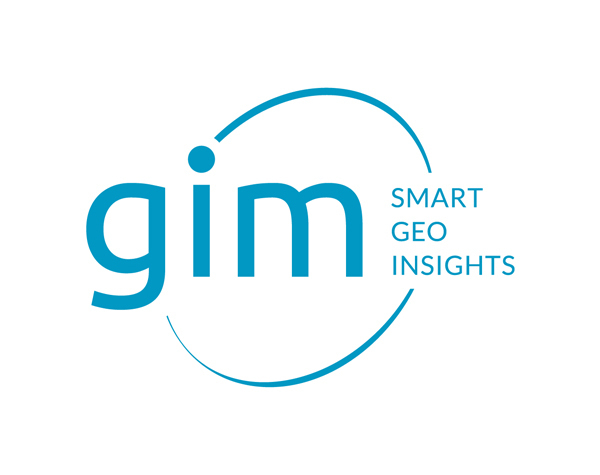Leuven-based technology company GIM deploys AI to map slums in Latin America and Asia
As a specialist in geographical information, GIM has set up an image processing chain that automatically delineates the size and position of slums on the basis of satellite or aerial images. Local governments and NGOs use this to install a more vigorous poverty policy.



Satellite images have been used for many years to gather information about the earth's surface. Until recently, experts had to rely on software that recognizes and delineates certain spatial patterns. Object Based Image Recognition represented a major step forward in speeding up information processing. The disadvantage is that a relatively large amount of human intervention is still required and that the processing logic has to be set up and tested anew for each project. Moreover, processing the information requires an enormous amount of computing power from the computers used for this purpose.

Machine learning comes to the rescue
The breakthrough of artificial intelligence - more specifically machine learning - means a huge step forward in processing large amounts of information. GIM's data scientists set up a series of processing chains that use computer vision to scan high-quality aerial and satellite images for the presence of objects such as buildings, vegetation, paved and unpaved surfaces, and so on. For this application, the model was trained to recognize the typical characteristics of slums fully automatically: narrow alleyways, small contiguous houses with a wide variety of roof structures.
Belgian know-how deployed worldwide
GIM deployed this technology to demarcate slums in Manila (Philippines), Ho-Chi-Minh City (Vietnam) and Latin America. For Manila and Ho-Chi-Minh City, GIM worked on behalf of the UNDP (United Nations Development Program,) while in Latin America, the Inter-American Development Bank (IDB) coordinates.
The major advantage of the method used is that - once developed - the model can be easily transferred to another region or continent. Thanks to machine learning, the detection of such informal habitation is therefore more accurate, faster and easier. Moreover, an extensive toolbox is provided to users to deploy the software for additional locations or to monitor the evolution over time. Finally, this toolbox is based on open-source tools, which also makes the chosen technology particularly interesting for NGOs that often operate in regions with fewer financial resources.
Related News
How can we help?
The Leuven MindGate team is at your disposal for any questions about the Leuven Innovation Region. Do you want to invest, work or study in the region? We can help you find your way.
We also facilitate collaboration and innovation between companies, knowledge institutes and government within the Leuven Innovation Region, and we are happy to guide any of these stakeholders towards innovation.











